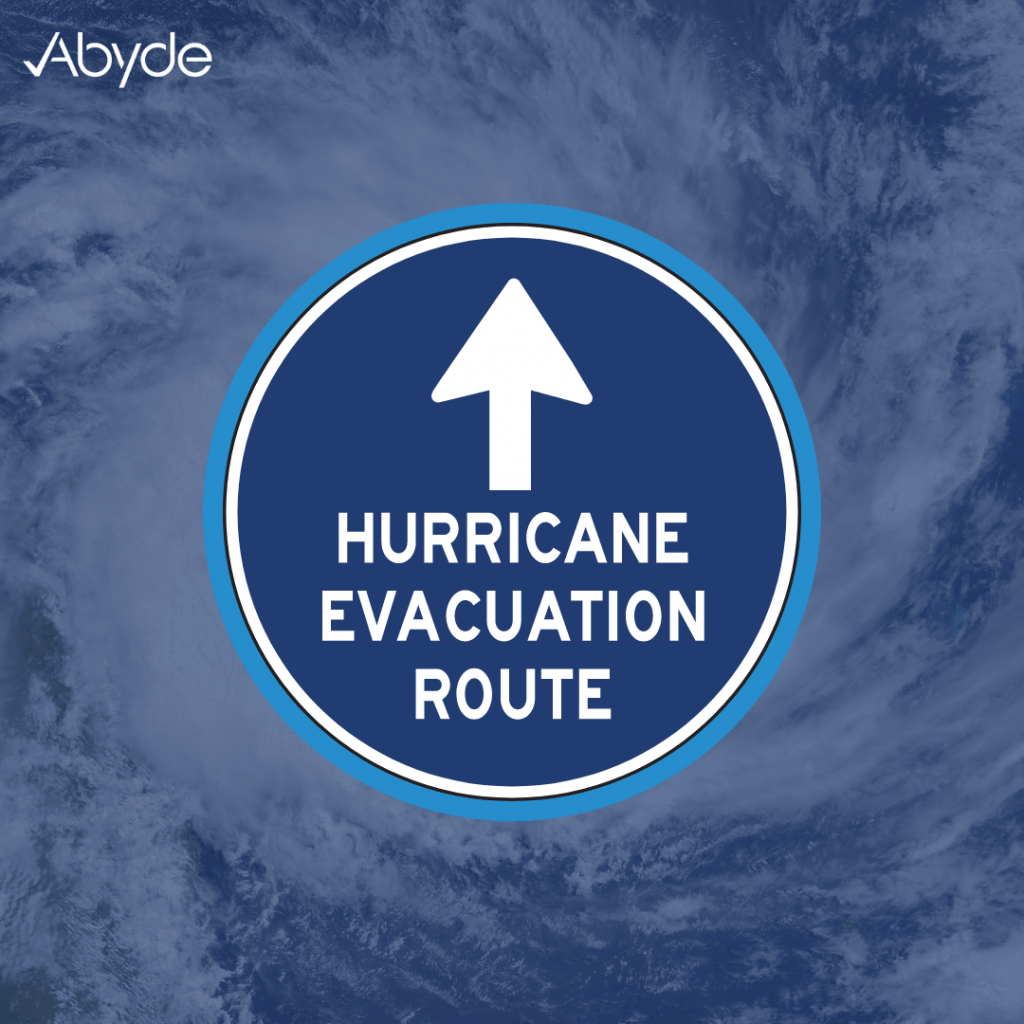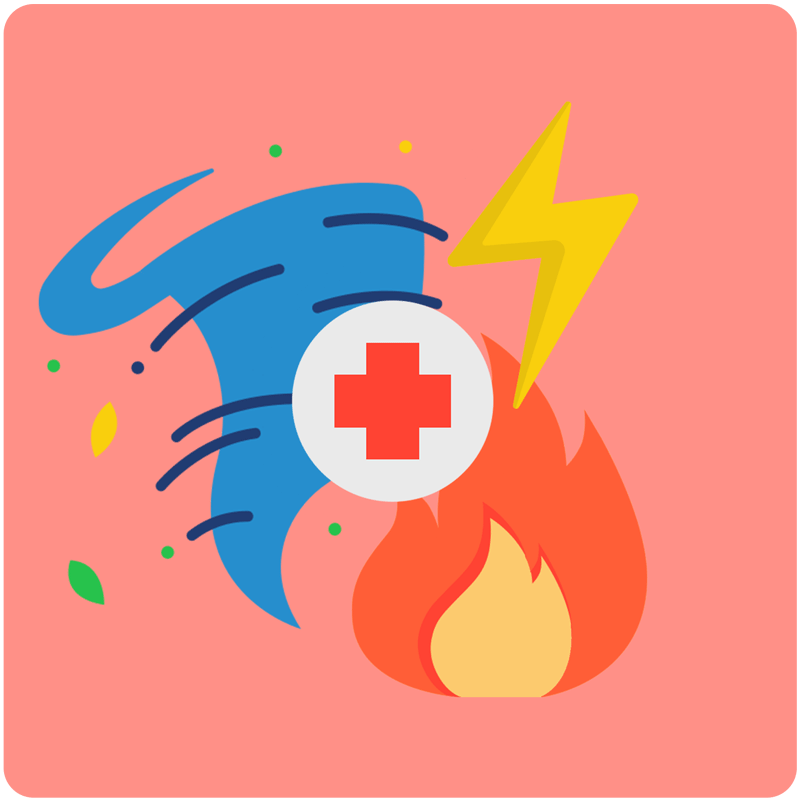June 22, 2023 Many of us are in the midst of yet another hurricane season. These tropical cyclones can blow healthcare safety plans straight into the eye of the storm. As such, it’s vital to understand and implement Occupational Safety and Health Administration (OSHA) safety guidelines to keep our healthcare facilities safe. Each year OSHA gears up, ready to guide healthcare workers through the challenges that storms can stir up. In healthcare during hurricane season, the term ‘all hands on deck’ is less of a naval cliché and more of an everyday reality. Hurricane Hygiene Hospitals and healthcare facilities are expected to be beacons of cleanliness. But when a hurricane is flinging everything from gators to garden gnomes, how can one maintain this? OSHA sweeps in with protocols for everything from biological hazards to chemical spills. They’ve got the full spectrum covered: personal protective equipment (PPE), cleaning protocols, and post-storm infectious disease prevention. Power Outages OSHA’s emergency response guidelines are there to protect medical practices in the eye of the storm. Backup generators are checked, and contingency plans are laid out. They’re ensuring medical machines keep humming and vital signs keep beeping even when the sun doesn’t shine. Evacuation Hurricanes are notorious for their grand entrances, sometimes making evacuation necessary for safety. In the midst of an already chaotic situation, evacuating a healthcare facility can be daunting. Thankfully, OSHA stepped in again with clearly outlined evacuation plans and meticulous headcounts. The aim? Safety, order, and zero left behind. Return After the storm has passed, there’s the matter of recovery and return. OSHA’s disaster recovery guidance guarantees that the process is safe and orderly. OSHA’s practical guidance on inspecting structural damages, identifying potential hazards, and safely resuming services transforms this monumental task into a systematic process that puts patients’ and healthcare providers’ safety first and foremost. Abyde It’s pretty apparent why healthcare organizations should abyde by OSHA regulations, especially surrounding hurricane season. Abyde’s software solution makes maintaining compliance a breeze – even when the hurricane winds are gusting. Are you ready to make healthcare compliance stress-free, even in the face of a storm? Don’t weather it alone. Embark on your journey with Abyde today, and let us steer your practice to the tranquil shores of compliance.
Prioritize Your Practice’s Disaster Recovery Plan
April 16, 2020 Having a documented disaster recovery plan is incredibly important for healthcare practices to implement in preparation for a data breach, cyber-attack, or a public health emergency like COVID-19. A disaster can be defined as any event that compromises an organization’s operations, data, and network – and due to the current increase in cyber attacks during COVID-19, ensuring your practice is well-prepared for any disaster with a proper contingency plan is all the more important. You know what they say: always plan for the worst, and hope for the best. We’d like to hope your practice never has to put your disaster recovery plan into action, but it’s better to be safe than sorry especially since it’s required by HIPAA law. The HIPAA security rule states that all healthcare practices must have a contingency plan in place to define the responsibilities of all staff members and overall practice procedures to restore IT systems that contain PHI in case of any disruptive event. The requirements within a disaster recovery plan can seem a little daunting, which is part of the reason why it’s essential to have your procedures in place before a disaster happens. Now let’s break down what exactly you need for your contingency plan: When it comes to your practice’s disaster recovery plan, having everything properly documented and planned ahead of time will make all the difference in your ability to restore data and respond to an emergency correctly. If your practice hasn’t created the right disaster recovery plan prior to a threat or event occurring, it’s always a good idea to immediately document and identify how your practice will respond as quickly as possible. Even if you already had a documented disaster recovery plan, when an event does occur it is a great opportunity to revisit your existing plan and adjust any needed areas to be as accurate as possible. Felling a bit overwhelmed? We have some good news for you. Abyde’s comprehensive solution will take the guesswork out of knowing if your practice is prepared. From documenting your risk assessment to generating policies and procedures specific to your practice, to a support team ready to assist you in the event of a disaster, if using Abyde, implementing your practice’s recovery plan won’t be stressful or time-consuming!

